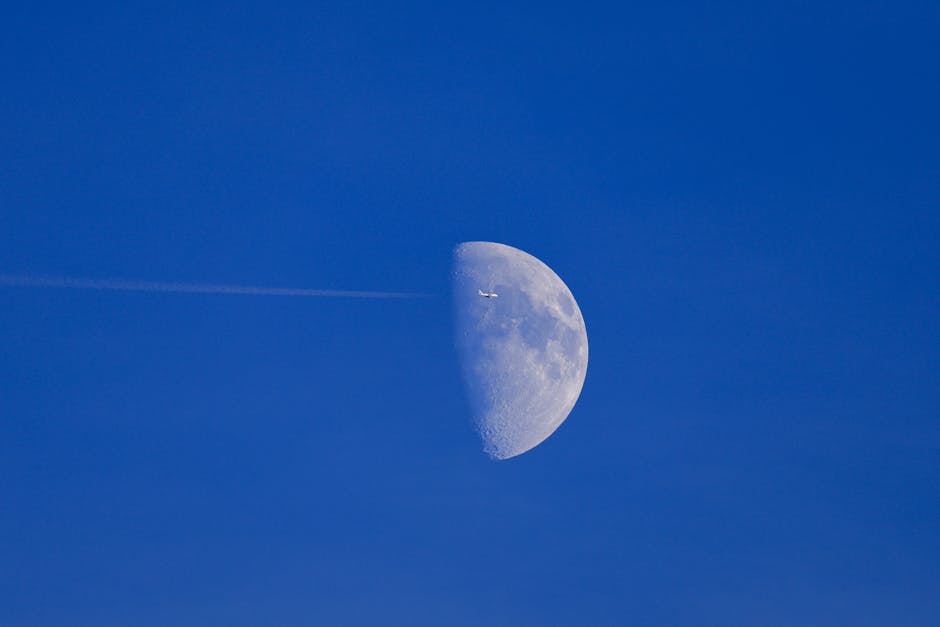Introduction: A Modern Aviation Concern
Air travel is safer than ever, but the rise of space exploration has introduced an unexpected question: Could your plane be hit by falling space debris? While the risk is minimal, understanding the facts helps put this sci-fi-sounding threat into perspective.
The Growing Problem of Space Junk
What is space debris? It’s defunct satellites, spent rocket parts, and collision fragments orbiting Earth. The European Space Agency (ESA) tracks over 36,500 objects larger than 10 cm, plus millions of smaller, untrackable pieces. As low-Earth orbit gets busier, the chance of debris surviving re-entry and hitting aircraft—though slim—is under scrutiny.
How Often Does Debris Reach Earth?
- 200-400 tracked objects re-enter the atmosphere yearly, most burning up harmlessly.
- Notable incidents:
- 2022: SpaceX Falcon 9 debris landed on an Australian farm.
- 2021: Chinese rocket debris crashed into the Indian Ocean.
The Actual Risk to Airplanes
1. Statistical Probability
A 2013 Aerospace Corporation study estimated the annual chance at 1 in 100 million—far lower than lightning strikes (1 in 15,000 lifetime odds).
2. Flight Altitudes vs. Debris
Planes cruise at 30,000–40,000 feet, while most debris burns up higher or falls over oceans (covering 70% of Earth). Risk slightly increases during takeoff/landing at lower altitudes.
3. Near-Miss Incidents
In 2020, a Chinese rocket stage narrowly missed an Airbus A340 over Los Angeles, prompting FAA action. No confirmed collisions exist, but close calls raise alarms.
How Airlines and Governments Are Responding
- Real-time monitoring: The FAA and ESA track large debris, rerouting flights if needed.
- Cleanup efforts: Projects like ESA’s ClearSpace-1 aim to remove dead satellites, but challenges remain.
- Global regulations: Stricter rules on satellite disposal are emerging to curb future risks.
Should Passengers Be Concerned?
Current risks are negligible—less likely than bird strikes (1 in 1 million flights). However, with SpaceX, Amazon, and others launching thousands of new satellites, debris could increase tenfold by 2030.
Final Verdict
While the odds are astronomically low, they’re not zero. Strengthened space traffic management is key to preventing future threats. For now, focus on packing snacks—not dodging satellite parts.
—NextMinuteNews, Delivering Facts Over Fears




